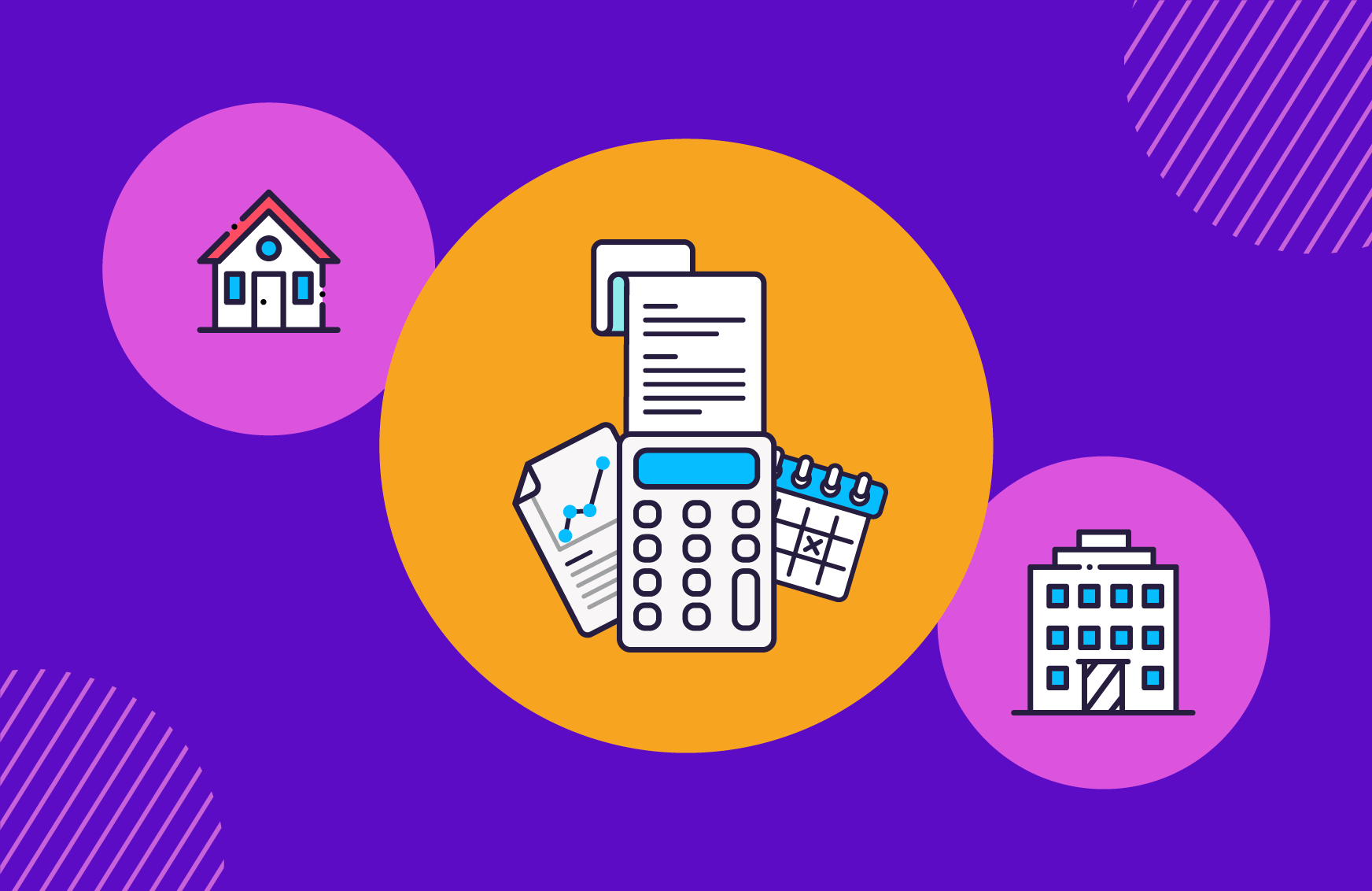How to track billable expenses (even if you’re always losing receipts)
Apologies if this is a bit ‘granny sucking eggs’, but billable expenses are any costs you’ve covered for a client or customer, which are essential to providing your service. Basically, if you had to pay for it to provide your service, it’s a billable expense, and you can ask the client to pay for it. (Plus VAT, if you’re VAT registered.)
Billable expenses might include your travel costs to work with them and materials used to create something for them. Tracking these expenses and charging for them is really important for healthy cash flow, because there are some costs you just shouldn’t be swallowing. By not charging for billable expenses, you’re essentially paying to be able to do the job in the first place, so you need to keep a note of each purchase and charge them to the client at the right time.
Doing it the analogue way will slow you down
The sight of a wallet stuffed full of receipts can be quite stressful, and this disorganised approach will make tracking billable expenses such an effort you might find you don’t bother, or let a few costs slip through the net.
Whatever accounting software you use, it’s important to keep track of your expenses (both general and billable) as you make them. Some of the best cloud-based softwares also have an app you can download, which gives you an easy, portable way to record a receipt or expense when you’re away from your desk. You can take a photo of the receipt for proof, add a note, and even set up a recurring feature if you know you’re going to be making the same purchase every week or month.
Don’t let mileage slip through the net
A trip here and a trip there really adds up when you don’t keep an eye on your mileage. If you did that with every project and every customer, you could be spending hundreds, or even thousands, on fuel that someone else could be paying for.
You might find yourself driving to see the customer more than you expected at the start of the job, and if something’s not in stock in one place, you might have to drive an extra 20 minutes to get it somewhere else. The old school method is checking the mileage on your dashboard before you set off and when you get back, then doing the maths yourself - it’s easy to see why some people don’t bother.
Download an app that logs it over time and does the calculations for you. You’ll find it a lot easier to track every single mile, and you can give your customer a reliable cost you know is accurate.
Manage it all in one place
When you can track your expenses and raise your invoices through one tool, or one software with different tools bolted on, it becomes much easier to include expenses and send them out to your clients in one go.
It’s far easier to get paid on time when you make things simple for the customer, so including the proof, cost breakdowns, and details for each amount all in one place is pretty important. Don’t be shy about using that descriptions field - the more supporting info you provide, the fewer questions the client or customer needs to ask about what they’re being charged for.
It might sound like a lot of admin, but when your accounting tools all work together in perfect harmony, it’s as easy as a few drop-down menus and clicks.
Read our latest Guide To Finance And Accounting For Startups And Small Businesses to learn more about how to strategically manage accounting and finance for your startup and small business.
About Solna








